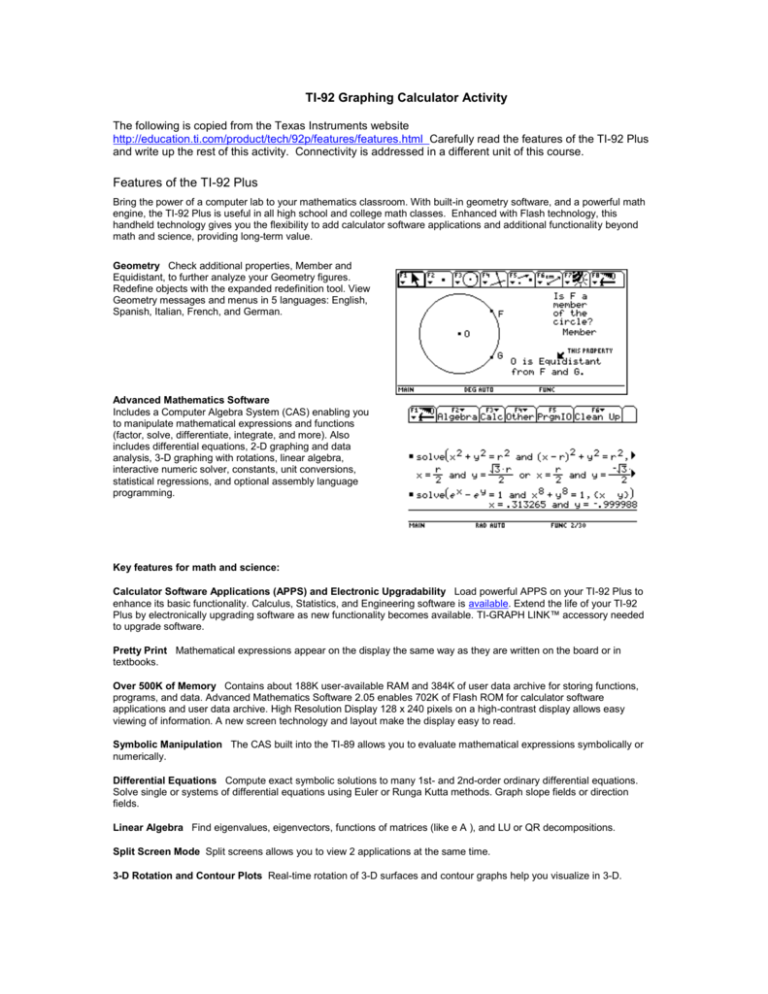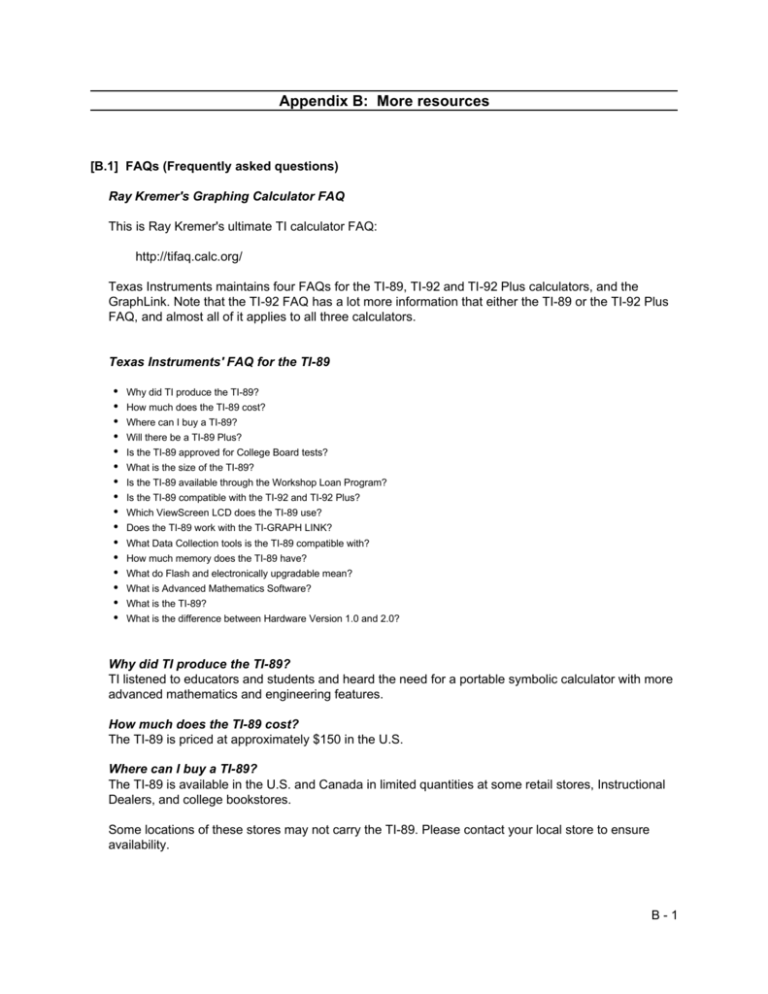

They are really very simple once you know how to think about them and S cared of calculus? Scared of calculus symbols? No need to be as they are not meant to scare Watching these videos is the easiest and fastest way to learn calculus!īelow are sample video clips from the above Ultimate Calculus DVD'sĬouple the DVD's above with a TI-89 calculus calculator and instruction book. Purchase a DVD set of easy to follow instructions - You control the speed of learning. To make very difficult calculations easier. Remember this: The whole purpose of calculus is | Photography | Physics | Radio Astronomy | Robots | Science News | Space-Astronomy | Transistors | Search This Site |Įverything you need to know about calculus is on this page.

Sheets | Electronics | Math | Microscope | NASA-TV | How fast is the marble gaining speed down the hills, and how fast is it losing speed going up hills? How fast is the marble moving exactly halfway up the first hill? This would be the instantaneous rate of change, or derivative, of that marble at its one specific point.Radio | | Biology | Books | Chemistry | Data Roll the marble along an up and down track like a roller coaster.

What is the rate of change, or derivative, of the marble’s speed? This derivative is what we call “acceleration.”


 0 kommentar(er)
0 kommentar(er)
